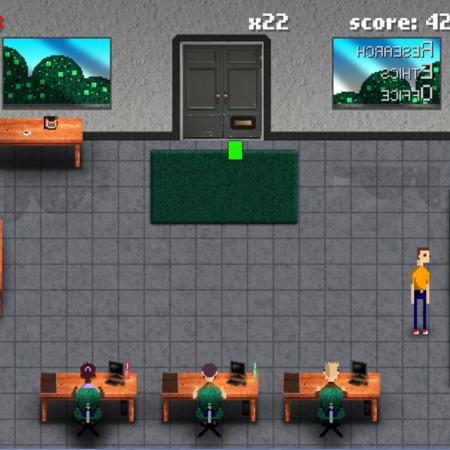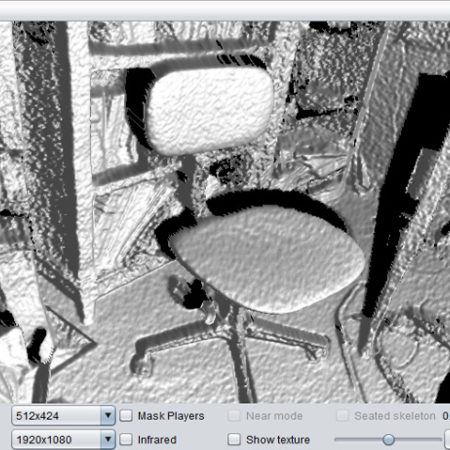Human Interactive Simulation and Training
The Human Interactive Simulation and Training (HIST) system allowed larger numbers of medical students to interact with patient symptoms, both in the local classroom and at a distance. The system tracked each student’s reactions to dynamic medical situations, giving professors a useful tool to assess individual progress and understanding.
Description
The Human Interactive Simulation and Training (HIST) system allowed larger numbers of medical students to interact with patient symptoms, both in the local classroom and at a distance. The system tracked each student’s reactions to dynamic medical situations, giving professors a useful tool to assess individual progress and understanding.
The Human Patient Simulator (HPS), previously developed by the Department of Anesthesiology in the UF College of Medicine, was an ideal learning tool for anesthesiologists and other health-care providers. With the HPS, computers controlled a mannequin patient to respond to injected medications, changes in mechanical ventilation, and other therapies.
However, high demand and hardware costs for the Human Patient Simulator prohibited timely and frequent access by large numbers of medical students. In response to this situation, UF anesthesiology professors Tammy Euliano and Nik Gravenstein asked the Digital Worlds Institute to collaborate in creating a system that would augment access to the HPS in both the classroom and at remote learning sites. Digital Worlds engineer Andy Quay teamed with digital artist Arturo Sinclair to create the Human Interactive Simulation Training (HIST) system.
At the end of the simulated procedure, the professor was able to review the steps taken by each student, help assess their thought processes, and suggest ways to reduce mistakes and time spent on their assessments. Studies at UF (1) indicate that medical students “acquire and retain skills better” using the interactive simulators than they do through lectures or other passive tools like books or videotapes.
Regarding the new HIST system, Dr Gravenstein said “The department of Anesthesiology of the University of Florida makes use of ‘Mental Models’ when teaching students and young physicians the intricacies of the cardiovascular system. One such Mental Model was developed in cooperation between anesthesiologists and members of DW. The new model will see almost daily use and will be presented this summer at an international meeting in Europe”.
DW Associate Director Andy Quay stated that “…the HIST project is an excellent example of how digital artists and media systems engineering can provide tangible benefits to fields ranging from medicine to aerospace engineering and beyond. We are pleased with this initial collaboration with UF anesthesiologists and look forward to expanding our research and development with medical scientist and educators”.





